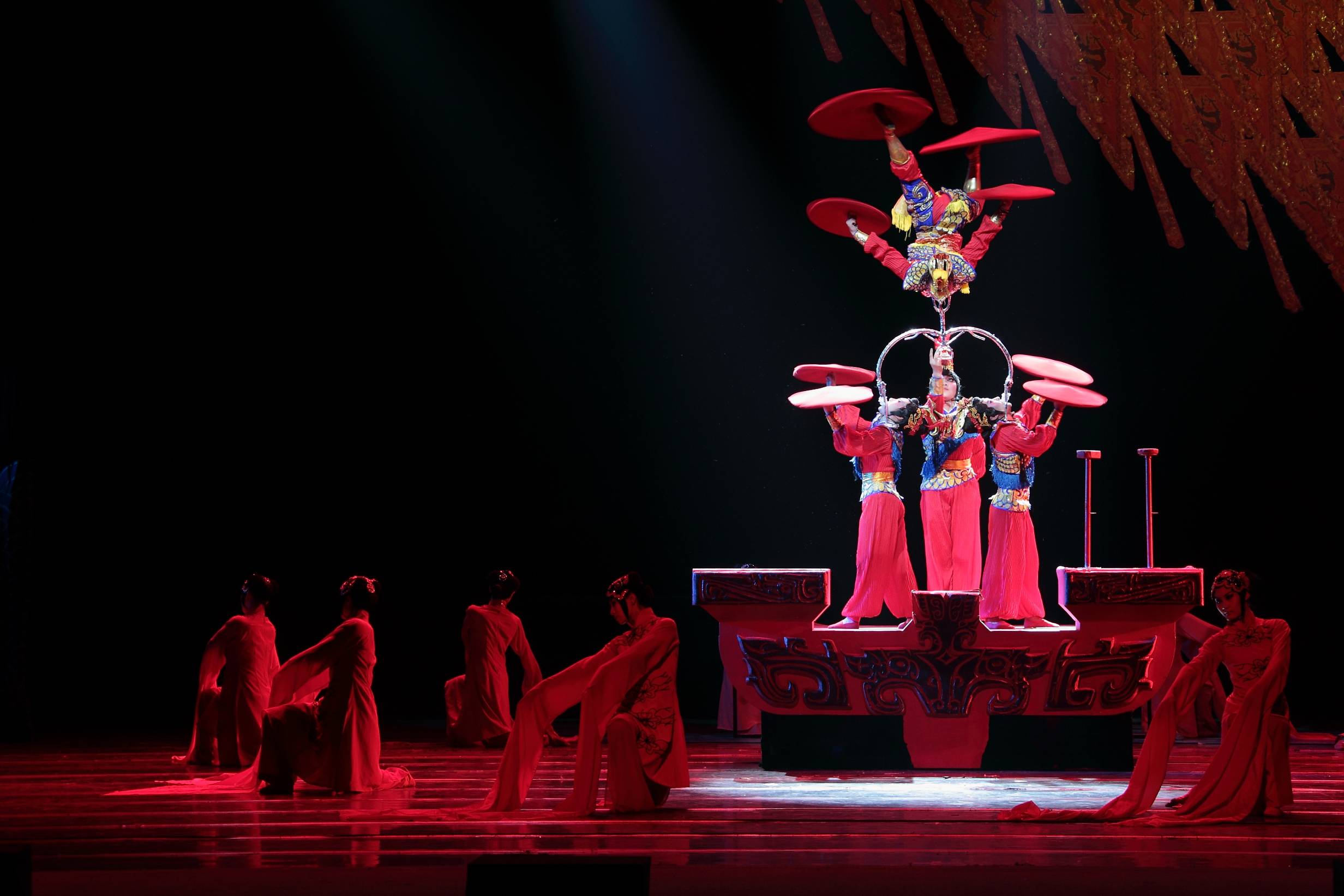When I flip through the Krannert Center catalog in the late summer, I am always amazed at the extraordinary acts this venue attracts. After nearly 20 years of living here, you think I would be used to the fact that the Russian ballet stops by every few years, and that when I start to pine for the Lyric, it won’t be too long until I can get a dose of opera. But every year, every single year, there is one act that literally makes my jaw drop in disbelief when I turn the full-color page. How could a mid-size town with a state school be so incredibly lucky?
This year, without a doubt, that jaw-dropping act is going to be The National Circus and Acrobats of the People’s Republic of China.
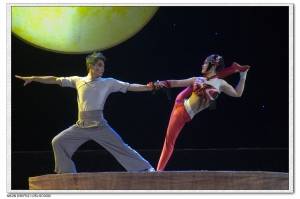 Although the touring troupe has adopted the word “Circus” into its name, the phrase “Chinese circus” refers to what are more aptly described as “Chinese variety arts.” There is quite a bit of debate about this ancient entertainment’s specific origins and history, but a general understanding can put it at nearly 3000 years old. These performances can use skills of oratory, singing, dancing, acrobatics and combat but they are always used to depict a story, and the focus is always on the beauty of movement.
Although the touring troupe has adopted the word “Circus” into its name, the phrase “Chinese circus” refers to what are more aptly described as “Chinese variety arts.” There is quite a bit of debate about this ancient entertainment’s specific origins and history, but a general understanding can put it at nearly 3000 years old. These performances can use skills of oratory, singing, dancing, acrobatics and combat but they are always used to depict a story, and the focus is always on the beauty of movement.
In fact, beauty of movement is used to evaluate performers’ skill level, and by that metric, the National Circus promises an astonishingly gorgeous spectacle. One of the most highly-decorated troupes in China, the Company has earned more than twenty gold and silver medals from various festivals since the 1980s, let alone the scores of medals won by individual performers including the very first Chinese recipient of Clown D’or, Li Liping.
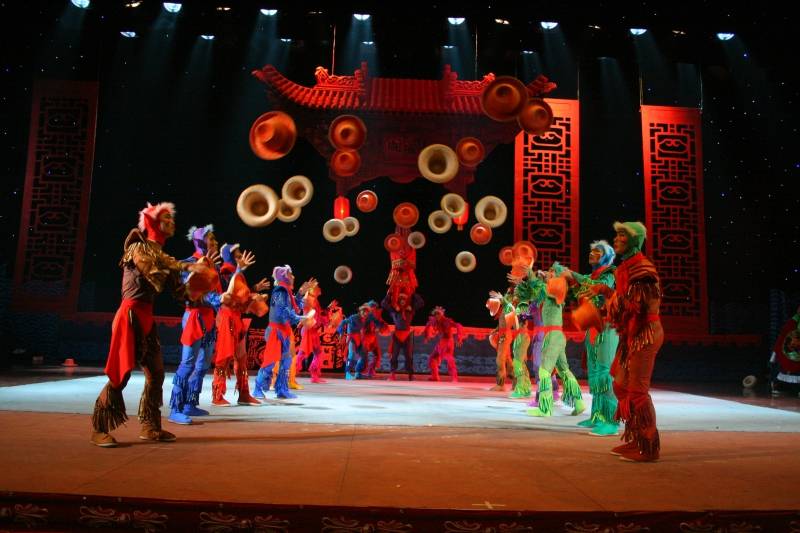
Another difference between the definition of Western and Eastern “circus” is the presence or lack of animals. After World War II, all Chinese circuses began to phase out the use of any animals. The National Circus, founded in 1958, became entirely animal-free during the eighties. The resulting acts inspired the creators of Cirque du Soleil, who employed some of the Company’s performers to help train their own, culminating in the program Circus Reinvented!
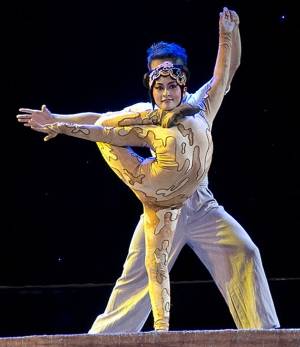 The playbill for Wednesday’s upcoming performance reads like a book of short stories, with each act presenting its own narrative varying from ancient to classic to modern. The themes hint at romance, discipline, humor, and even coping with the exhilarating pace of life and loneliness in a technological world. They seem to be paced specifically to contrast, keeping the audience engaged and surprised by what is to come next. The idea of using such an ancient art to depict how it is exhausting and difficult working in contemporary times is very appealing, although the classical Chinese dance with long sleeves has an indescribable draw, as well. The fact that one follows the other demonstrates the kind of juxtaposition that will carry through the entire show, hopefully to the delight of the audience.
The playbill for Wednesday’s upcoming performance reads like a book of short stories, with each act presenting its own narrative varying from ancient to classic to modern. The themes hint at romance, discipline, humor, and even coping with the exhilarating pace of life and loneliness in a technological world. They seem to be paced specifically to contrast, keeping the audience engaged and surprised by what is to come next. The idea of using such an ancient art to depict how it is exhausting and difficult working in contemporary times is very appealing, although the classical Chinese dance with long sleeves has an indescribable draw, as well. The fact that one follows the other demonstrates the kind of juxtaposition that will carry through the entire show, hopefully to the delight of the audience.
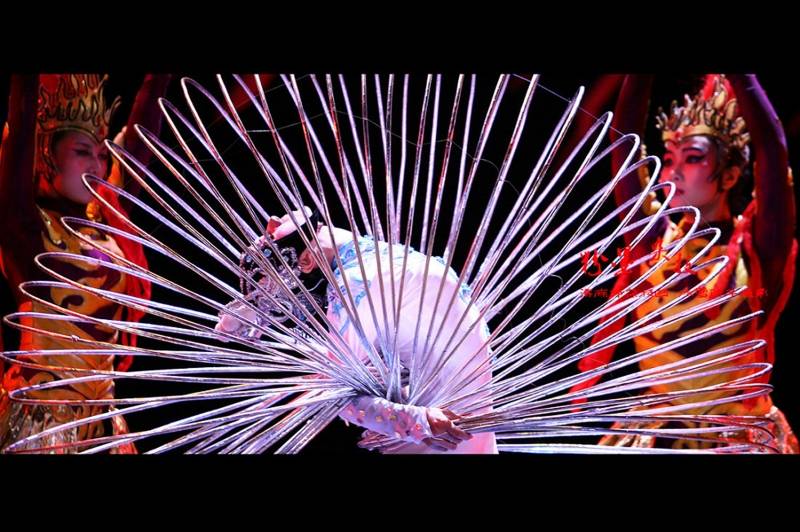
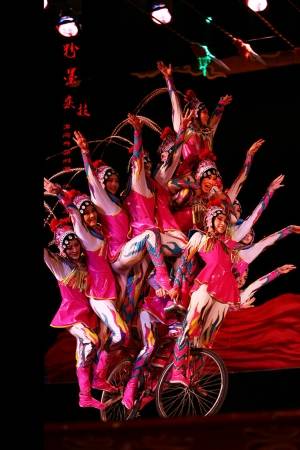 While the Company has toured over 50 countries across three continents, currently they are crossing the country stopping at colleges and giant arenas along the way. Especially considering that Cirque du Soleil recently showed in the dome, C-U is especially lucky to be able to view this amazing act in the warmth and comfort of Foellinger Great Hall inside the Krannert Center for Performing Arts.
While the Company has toured over 50 countries across three continents, currently they are crossing the country stopping at colleges and giant arenas along the way. Especially considering that Cirque du Soleil recently showed in the dome, C-U is especially lucky to be able to view this amazing act in the warmth and comfort of Foellinger Great Hall inside the Krannert Center for Performing Arts.
Incredibly, there are still tickets available for Wednesday’s 7 p.m. performance, starting at $44 with discounts for students and senior citizens. Youth and UofI tickets are $10. Get your seat online or by calling the ticket office at 217-333-6280. The performance is recommended for ages 7 and up, but will run over 2 hours long with a 20 minute intermission.
Images provided by Krannert Center for the Performing Arts and are copyright Columbia Artists Management, Inc.








